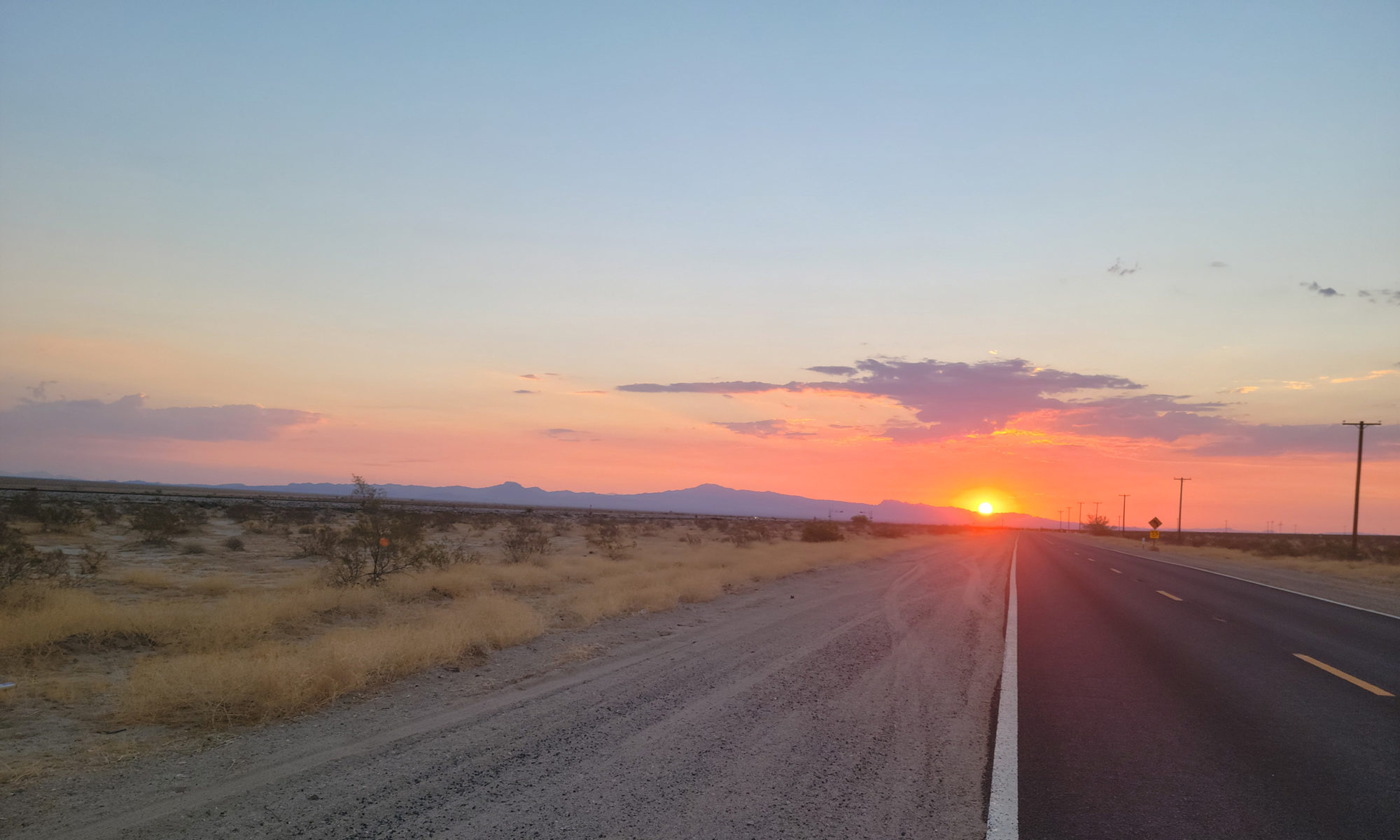It’s late November, a cool time of the year. Temperatures chilling, air drying, leaves nearly all fallen, holidays on the horizon. Snow usually has not yet shown itself yet at this time of year.
In other words, late November is the perfect time for outdoor activities like hiking and biking.
The only problem is, there’s not much daylight. Once we set those clocks back to accommodate our weird and futile ritual of Daylight Savings Time, we only get about nine hours of natural light within the 24-hour cycle. For us working folks, that’s about enough time to prepare to go to the office in the morning and spend the day there.
By the time we’re heading home, it’s nearly dusk. If we do want to bike or hike, our only option is to do so in the dark.
Light Up
For a couple of reasons, pastimes like hiking and biking are not typically done in the dark.
For one thing, there’s the safety issue. Biking at night requires some precautions – at least a raised visibility and bright lights – that daytime riding can skip. And in order to hike at night, you should probably be familiar with or knowledgeable of the trail so you don’t wander unknowingly and dangerously near a precipice.
But safety issues can be overcome with good headlamps and bike headlights, with backup batteries and lights.
Nighttime activities can be a little spooky for some people. You simply can’t see as much, and that unknown factor alone raises the hairs on some people’s necks. The woods have a different feel at night, different animals scurrying about, different sounds and feel.
And cycling solo at night can be eerie. No kids at the dimly lit playground…creepy. Not as many people walking about, and very few other bikers on bike paths. For some that’s a positive. Others are spooked by it.
Into the Desert Night
I hadn’t taken a real bike ride at night until recently. When riding my bike across the United States in May-June-July 2021, I faced a 111-mile crossing of the Mojave desert. It had to be done in one day because there’s nothing out there, and the early July forecast projected 107 degrees. Not a place I wanted to camp.
My heat-avoidance strategy was to take off riding into the desert at 2 a.m. in relatively cooler temps. It was 90 degrees when I departed from Parker, Ariz., into the Mojave. And very dark.

I had been nervous about the ride, especially riding alone into the desert at night. I had my superb headlight illuminating the road, two blinking taillights, reflectors on my rear-facing panniers and a highly reflective jersey. I was visible to the rare trucks ambling by on the road, I could tell by the way they backed off the gas several hundred yards behind me, signaling that I had entered their field of vision. No doubt I appeared as a strange apparition in the desert night, not something they expected to see. But it worked.
What I discovered in those few hours riding through the pitch black Mojave before the sun peeked up over the eastern hills in my rear distance, is that riding at night is a wonderful experience.
The feeling is so distinct from daytime riding that it’s like a whole different sport. The air is cooler, of course, but also stiller and more serene. The night is calm and peaceful in a way that the bustle of day can’t offer.
If I were to do that night ride across the Mojave again (which I probably won’t, for several reasons not including the enjoyable night ride), I would likely take off earlier, like midnight, in order to extend the pleasant night ride.
A Whole Different View
Ever since my night in the desert, I’ve been much more open to riding in the dark.
Recently I took another night ride. Here in November, it’s a wholly different sensation than a steamy summer desert ride. But it’s still serene and peaceful. Everything takes on a different visage in the low light. You see your hometown in a completely distinct way.
Of course, it’s colder at night, and in the Northeast in November it can be in the 20s or 30s. So extra layers, head coverings and gloves are a necessity for a pleasant experience.
I also wear my eyeglasses at night instead of sunglasses. They allow me to see more clearly and provide some eye shield from the cold wind.
It can take a mile or so to warm up. But once you do, the cool night air offers a refreshing balance to your body heat. The quiet and stillness envelops you and the lack of long views can create a sensation of floating. In remote areas the only thing you can see is the beam of light in front of you created by your headlight.
That’s where you’re going. Everything else is shrouded in a blanket of black. Except for the sky.
If you’re fortunate enough to be a in a rural area riding at night, be sure to look up. It may be cloudy and somewhat obscured. But if it’s a clear night, you are treated to a dazzling display of the billions of stars and planets that are always out there but only visible to us during night hours.
Into the Night
I encourage anyone with a bike to venture out in the night. It could be early evening, midnight or pre-dawn. You’ll get a perspective you haven’t had before, and it’ll likely surprise you. You might see people and sights you’d never see in the daytime.
No matter what, you will definitely get a fresh perspective.
It’s short-term adventure at its finest. Some challenge, a little risk, a new way of seeing things.
Take a ride. Into the dark.





